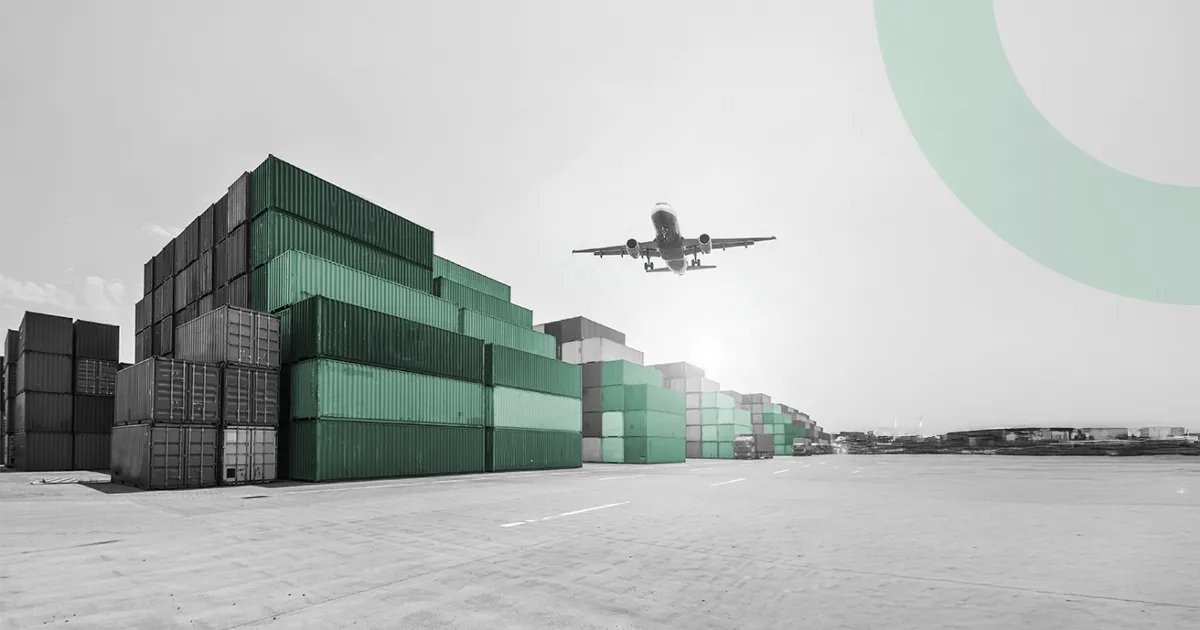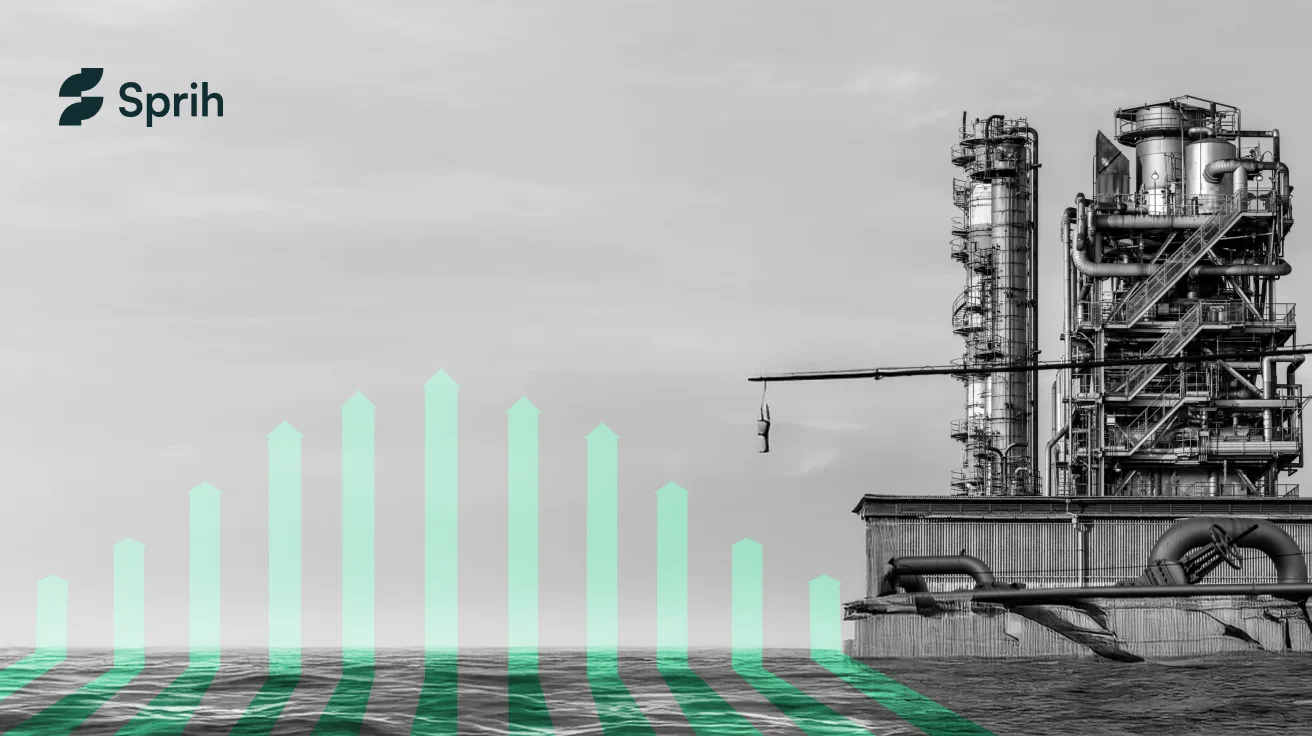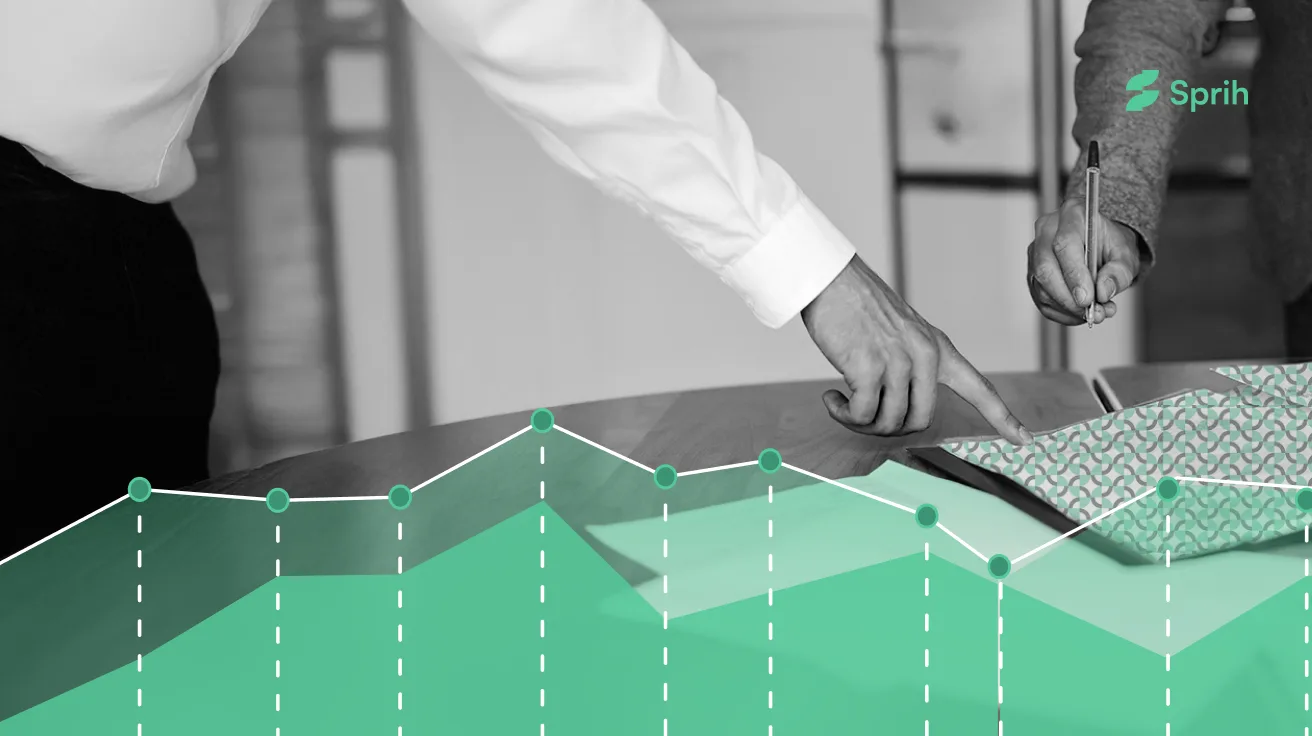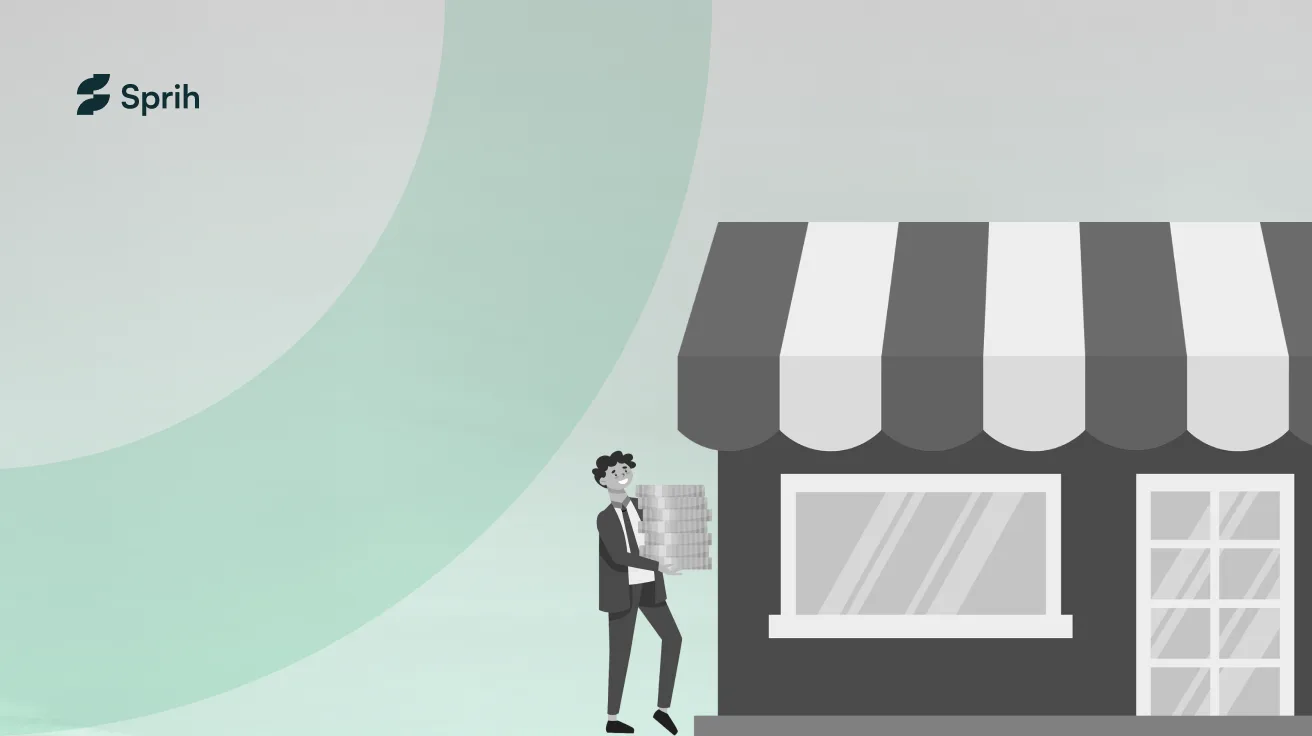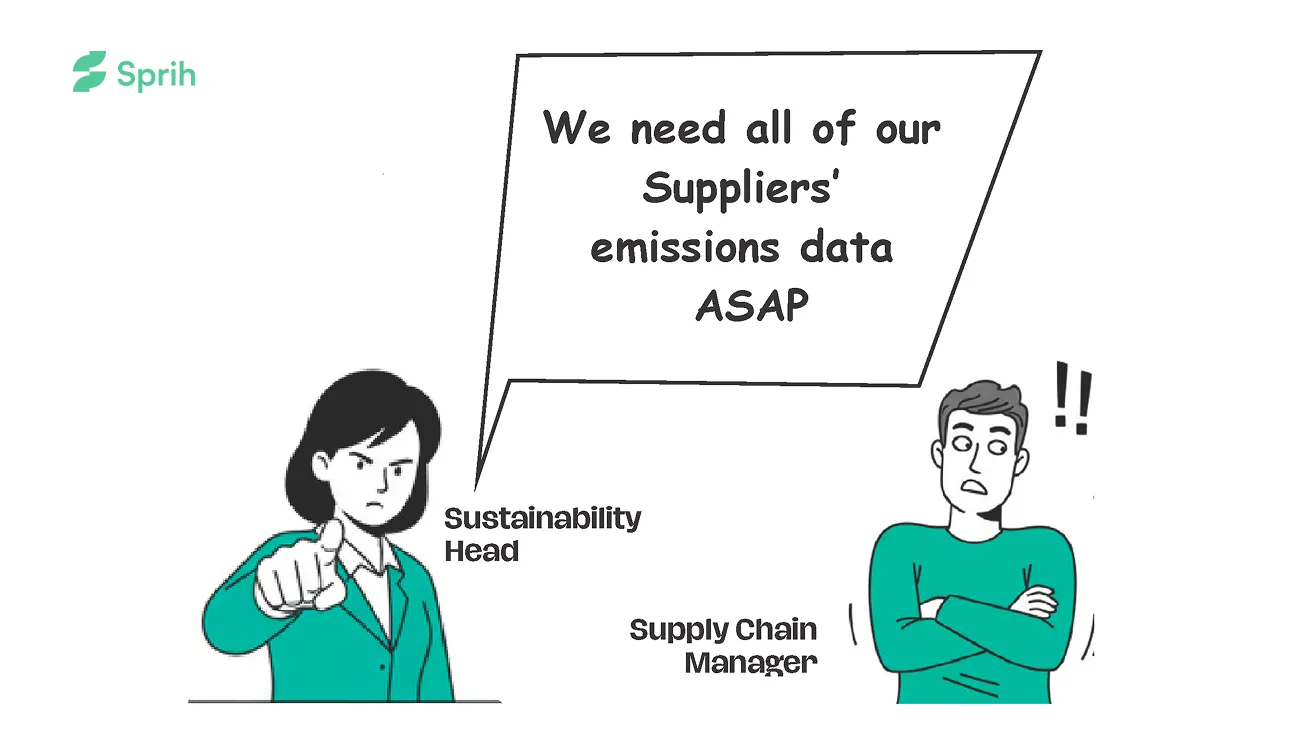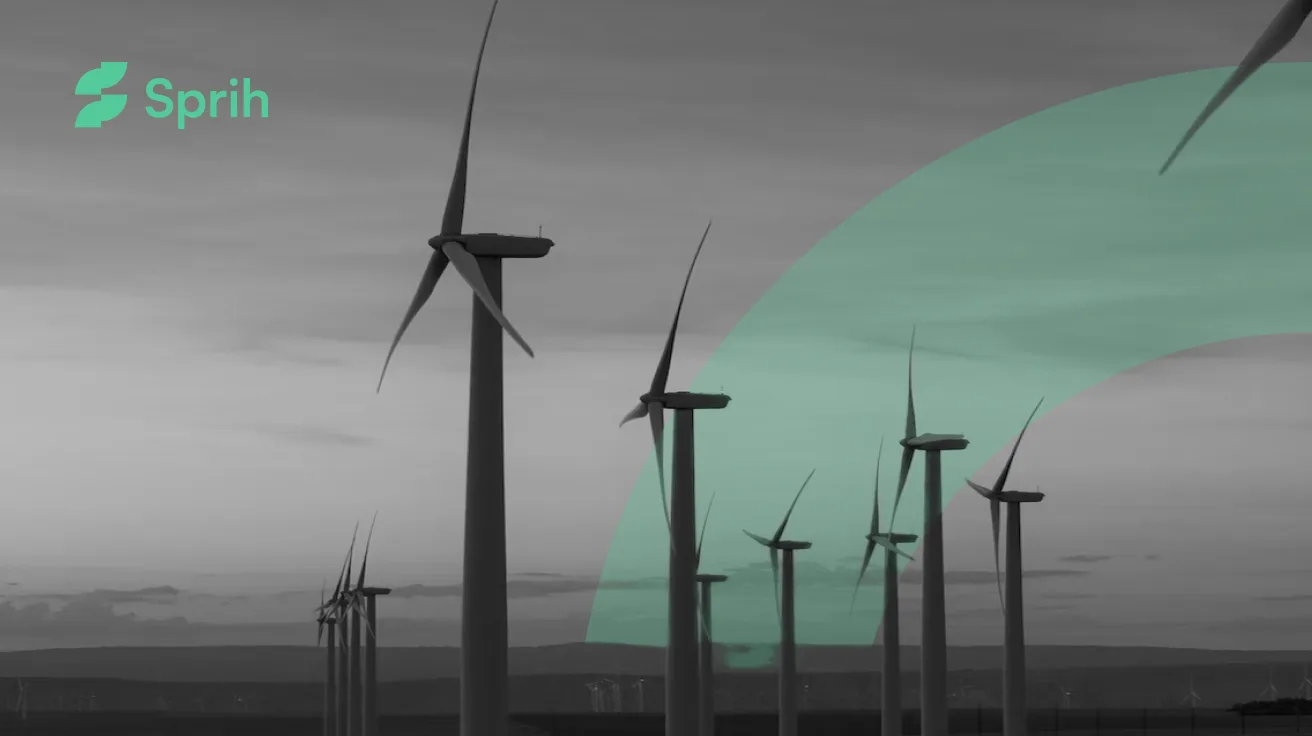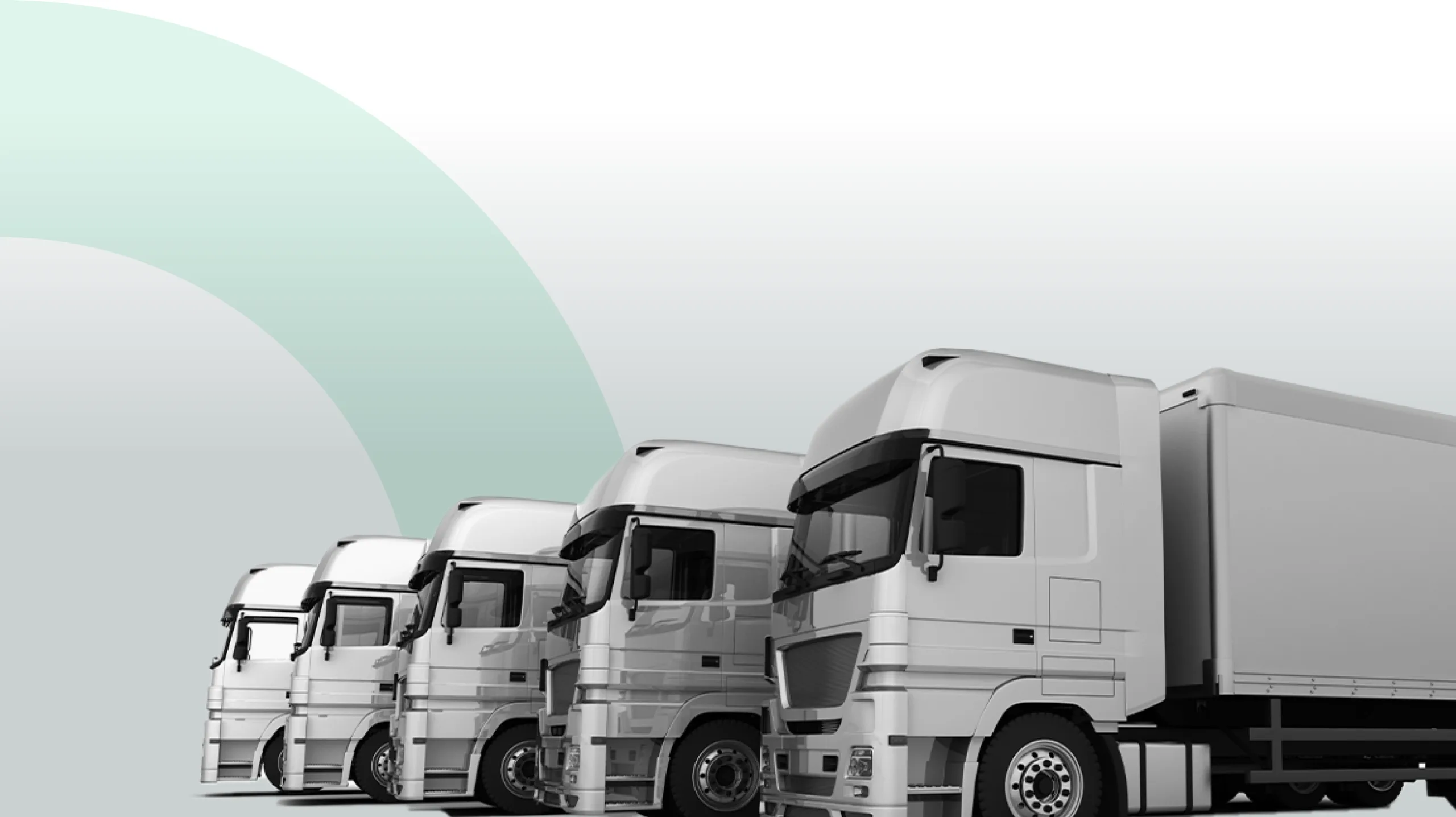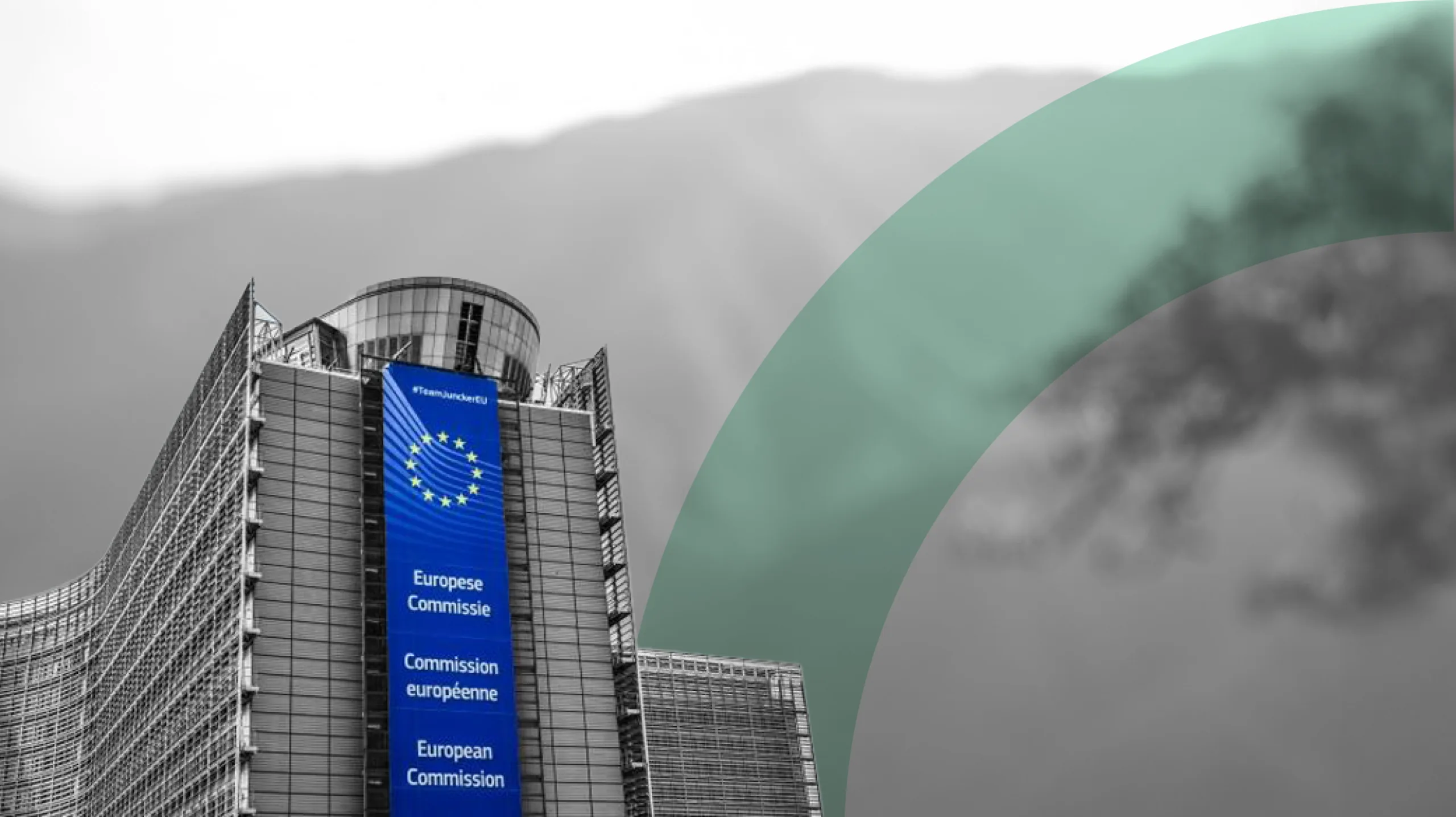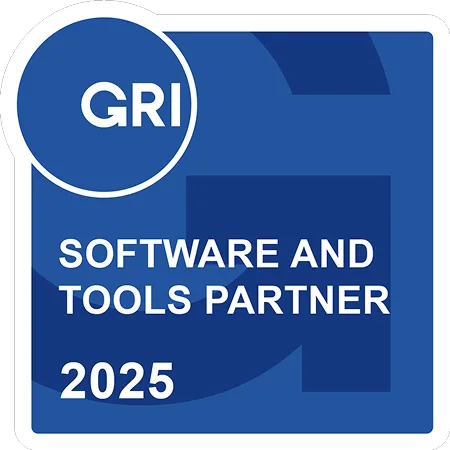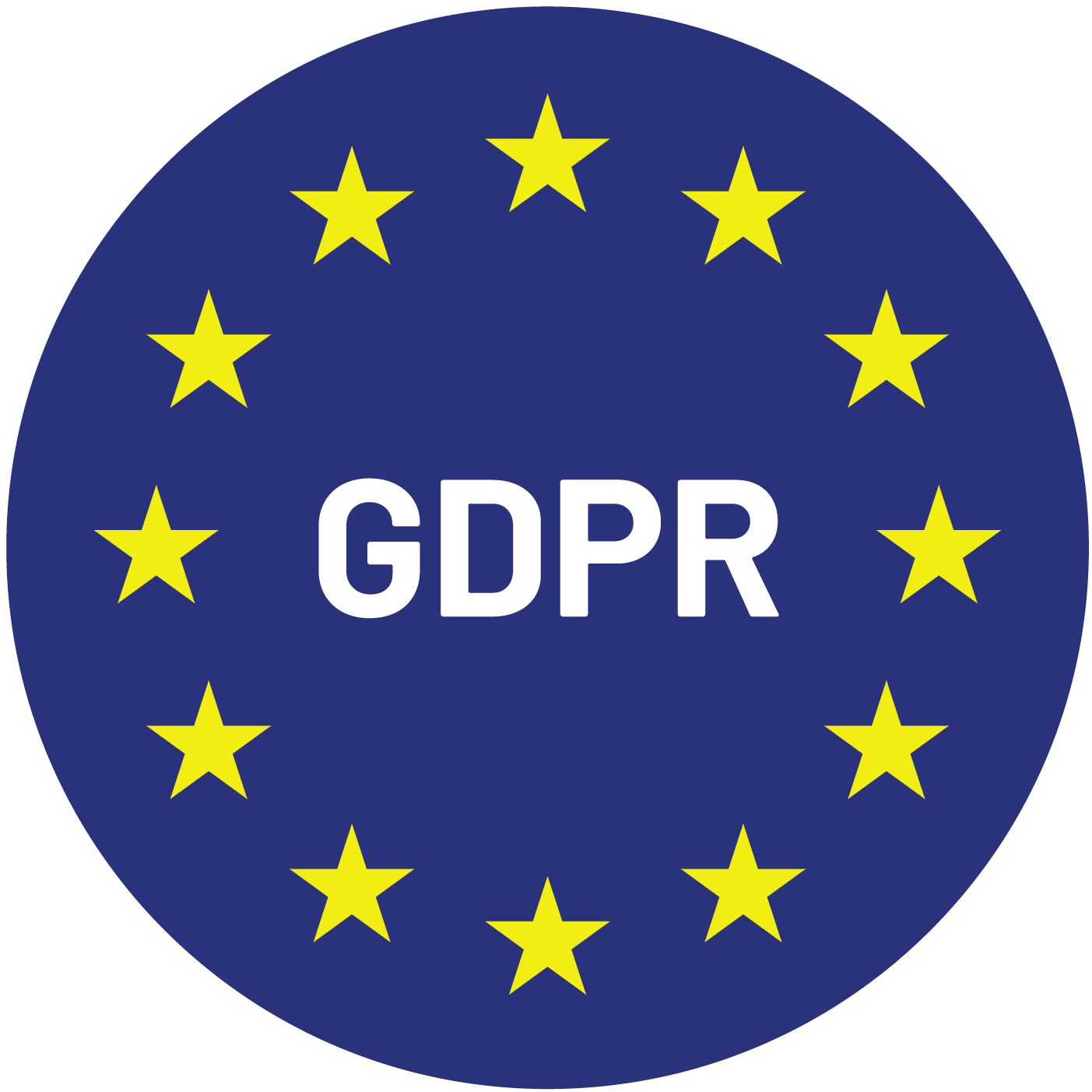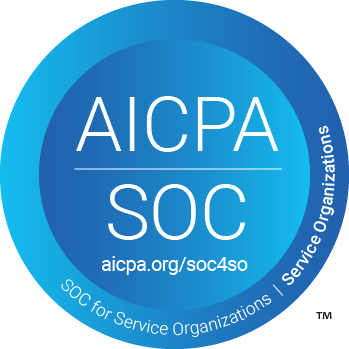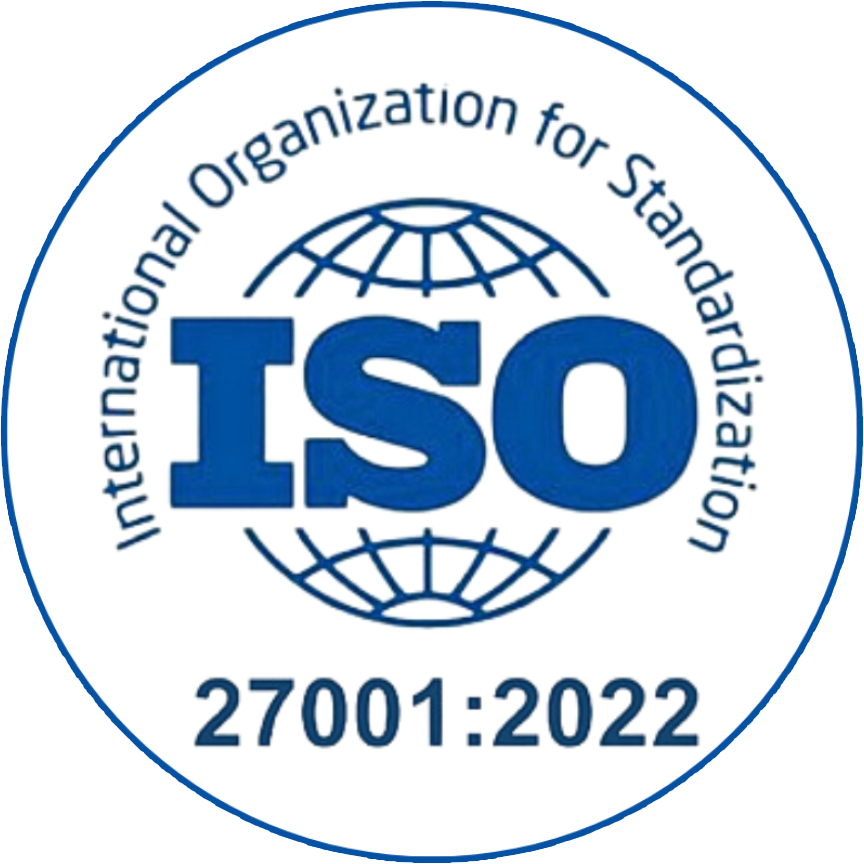As businesses strive for comprehensive emissions transparency, Scope 3 emissions—indirect emissions across a company’s value chain—have taken center stage. Among them, Scope 3 Category 9: Downstream Transportation and Distribution is a critical yet often overlooked area.
For companies that sell physical products, understanding how goods are distributed to customers—and the emissions generated during that process—is vital for credible sustainability reporting and net-zero alignment.
In this guide, we’ll cover what Scope 3 Category 9 includes, how to calculate emissions, key challenges, and practical reduction strategies. Whether you ship directly to consumers or work with third-party distributors and retailers, these insights will help your business reduce its carbon footprint while meeting stakeholder expectations.
What Is Scope 3 Category 9?
Scope 3 Category 9 refers to greenhouse gas emissions that result from the transportation and distribution of sold products after the point of sale, using vehicles or facilities not owned or controlled by the reporting company.
This includes:
- Third-party road, rail, marine, or air freight
- Storage at distribution centers or retail outlets
- Optional: Customer travel to and from retail stores
- Movement of intermediate products sold to other businesses
What it excludes:
- Transportation services purchased by the reporting company (this falls under Scope 3 Category 4: Upstream Transportation and Distribution)
- Emissions from vehicles owned or controlled by the company (counted in Scope 1)
- Distribution activities occurring before the sale (Category 4)
Why Scope 3 Category 9 Emissions Matter
1. Regulatory and Framework Alignment
Sustainability disclosure frameworks such as the GHG Protocol, CDP, and SBTi require companies to report logistics emissions across the full value chain. For any business engaged in physical goods delivery, failing to include Category 9 leads to an incomplete emissions profile.
2. Supply Chain Visibility
Tracking these emissions sheds light on inefficient transport routes, excessive warehousing, or carbon-intensive shipping modes, allowing for optimization.
Investors, regulators, and consumers expect brands to minimize environmental impact from the first mile to the last. Transparent reporting on downstream logistics supports stronger sustainability performance.
4. Operational Efficiency
Carbon reduction often aligns with cost savings. Fuel-efficient freight, optimized routing, and reduced storage can simultaneously lower emissions and improve margins.
Challenges in Measuring Scope 3 Category 9 Emissions
Despite the importance of tracking downstream transportation and distribution emissions, companies often face significant hurdles in obtaining accurate, complete data. These challenges stem from both logistical complexities and the limited control businesses have over third-party service providers.
1. Inconsistent or Missing Data from Logistics Partners
Many third-party logistics providers (3PLs) do not provide emissions-specific data—especially smaller or regional operators. When emissions data is shared, it’s often incomplete, in non-standardized formats, or lacks critical details such as transport mode, distance, and fuel type.
- Impact: Makes it difficult to use the fuel-based method (the most accurate) or apply regionally specific emission factors.
- Workaround: Companies must resort to less precise methods like distance-based or spend-based estimates.
2. Complexity of Multimodal and Multileg Transport Chains
Downstream logistics often involve multiple modes of transport (e.g., sea, rail, and road) and multiple legs or transfer points. Tracking emissions accurately through this network is complicated, especially when goods pass through several 3PLs or cross international borders.
- Impact: Increases risk of double-counting, under-reporting, or misallocation of emissions.
3. Lack of Control Over Third-Party Emissions Practices
Since downstream logistics are managed by entities outside the reporting company’s direct control, businesses have limited influence over how emissions are tracked or reduced.
- Impact: Makes it difficult to drive immediate change or enforce sustainability standards without contractual leverage.
- Workaround: Build sustainability KPIs into logistics RFPs and service-level agreements (SLAs).
4. Emission Factor Inaccuracies and Generalizations
Even when distance or fuel data is available, using average emission factors may not reflect real-world variability. Emissions can vary significantly based on:
- Vehicle age and efficiency
- Fuel blend or carbon intensity
- Loading efficiency and return trip management
- Impact: Leads to under- or over-reporting, affecting overall carbon accounting accuracy.
5. Emissions from Warehousing and Retail Distribution
Downstream storage emissions (e.g., energy consumption at third-party distribution centers or retail outlets) are often ignored or generalized due to lack of direct energy data.
- Impact: Misses a significant portion of Scope 3 emissions, especially for consumer-facing businesses with many retail partners.
Sprih Insight: Sprih’s platform helps overcome these challenges by integrating directly with logistics systems, applying standardized emission factors, and enabling real-time supplier collaboration for data collection.
Strategies to Reduce Scope 3 Category 9 Emissions
While companies may not own the assets responsible for downstream logistics emissions, they can still implement a range of practical strategies to influence emissions outcomes, improve reporting, and drive reductions.
1. Shift to Lower-Carbon Transport Modes
Switching from carbon-intensive modes like air freight and long-haul trucking to rail or ocean freight can dramatically cut emissions per ton-kilometer.
- For short distances, favor electric vans or local delivery bikes where available.
- Use mode-shifting analysis to evaluate where sustainable alternatives are viable.
2. Optimize Load Efficiency and Shipping Volumes
Reducing the number of shipments or increasing the average load size improves emissions per unit of product delivered.
- Consolidate deliveries to avoid partial loads.
- Invest in order fulfillment optimization software to align shipments with real-time demand and reduce returns.
3. Partner with Low-Emission Logistics Providers
Select 3PLs that:
- Use fuel-efficient, hybrid, or electric fleets
- Operate carbon-neutral warehousing
- Provide detailed emissions data and reduction plans
- Have certifications like SmartWay or ISO 14001
Include sustainability performance in vendor scorecards, contracts, and RFPs.
4. Green Warehousing and Storage Solutions
Encourage or require partners to operate energy-efficient warehouses by:
- Installing LED lighting, smart HVAC systems, and renewable energy
- Using energy management systems to monitor and reduce power use
- Co-locating storage closer to demand centers to reduce final-mile distances
5. Implement Smart Routing and Delivery Technologies
Use AI-powered routing tools and transportation management systems (TMS) to:
- Minimize idling, congestion delays, and fuel waste
- Optimize carrier selection for carbon efficiency
- Monitor delivery routes and load configurations for emissions performance
6. Offer Green Shipping Options to Customers
For e-commerce and direct-to-consumer operations, provide eco-conscious delivery options such as:
- Slower but greener shipping modes (e.g., rail or consolidated ground delivery)
- Carbon-offset programs at checkout
- “Ship complete order” choices to avoid multiple shipments
7. Offset Unavoidable Emissions
While the goal is always to reduce, residual emissions can be addressed through verified carbon offsets, including:
- Reforestation
- Clean energy investment
- Transport decarbonization funds
Sprih Advantage: Use Sprih’s scenario modeling tools to simulate the impact of different logistics strategies—from route adjustments to carrier changes—and quantify emissions savings instantly.
Downstream Distribution is a Climate Priority
Scope 3 Category 9 is not just a line item in a carbon report—it’s a critical area for climate action and operational efficiency. Businesses that measure, disclose, and reduce these emissions are better positioned for regulatory compliance, investor trust, and long-term sustainability success.
Don’t let your carbon accountability end at the point of sale. Make downstream logistics part of your climate strategy today.
Explore more on Sprih’s Sustainability Platform or speak to a carbon accounting expert by booking a demo.
FAQs
What is Scope 3 Category 9 in the GHG Protocol?
Scope 3 Category 9 refers to greenhouse gas emissions resulting from the transportation and distribution of sold products after the point of sale, using vehicles or facilities not owned or controlled by the reporting company.
Why are downstream transportation and distribution emissions important?
These emissions can constitute a significant portion of a company’s total Scope 3 emissions, especially for those in manufacturing and retail. Understanding and managing them is crucial for a comprehensive emissions profile and for identifying efficiency improvements in the supply chain.
How can companies calculate Scope 3 Category 9 emissions?
Companies can use methods such as the distance-based method, which involves multiplying the mass of goods sold by the distance traveled and the emission factor of the transport mode. Alternatively, the spend-based method estimates emissions based on expenditure on transportation services.
What challenges exist in measuring these emissions?
Challenges include inconsistent or missing data from logistics partners, complexity of multimodal and multileg transport chains, and limited control over third-party service providers. These factors can make accurate tracking and reporting difficult.
What strategies can reduce downstream transportation and distribution emissions?
Strategies include optimizing logistics by streamlining transportation routes, consolidating shipments, and minimizing empty backhauls; shifting to more sustainable transportation modes like rail or sea freight; collaborating with partners to find efficient solutions; and investing in carbon offsetting for emissions that cannot be immediately reduced.
